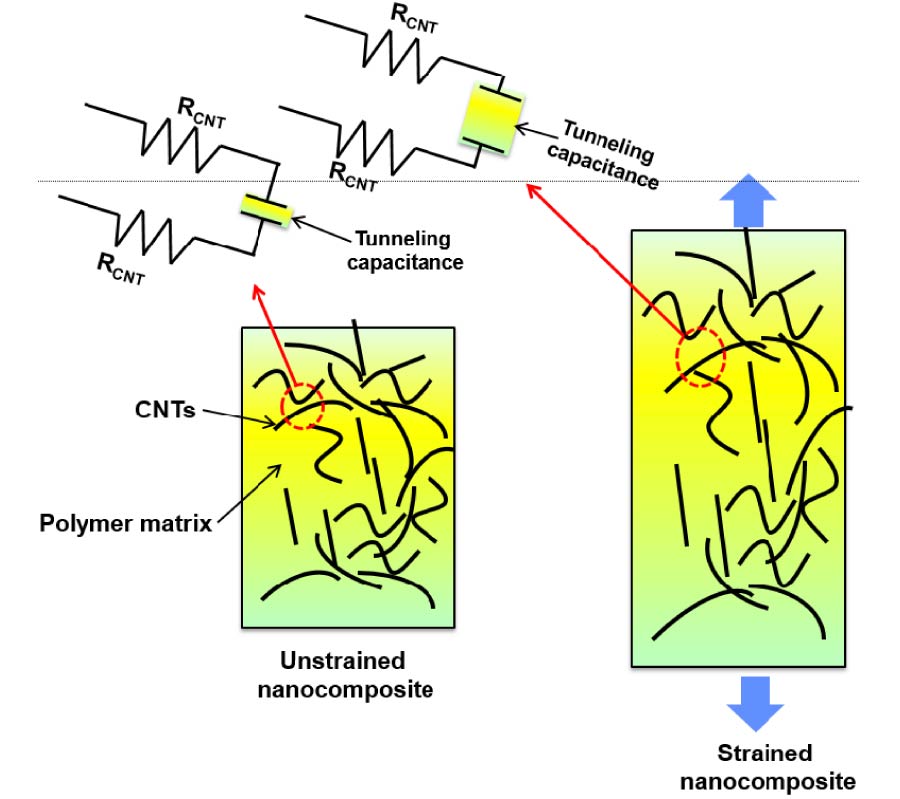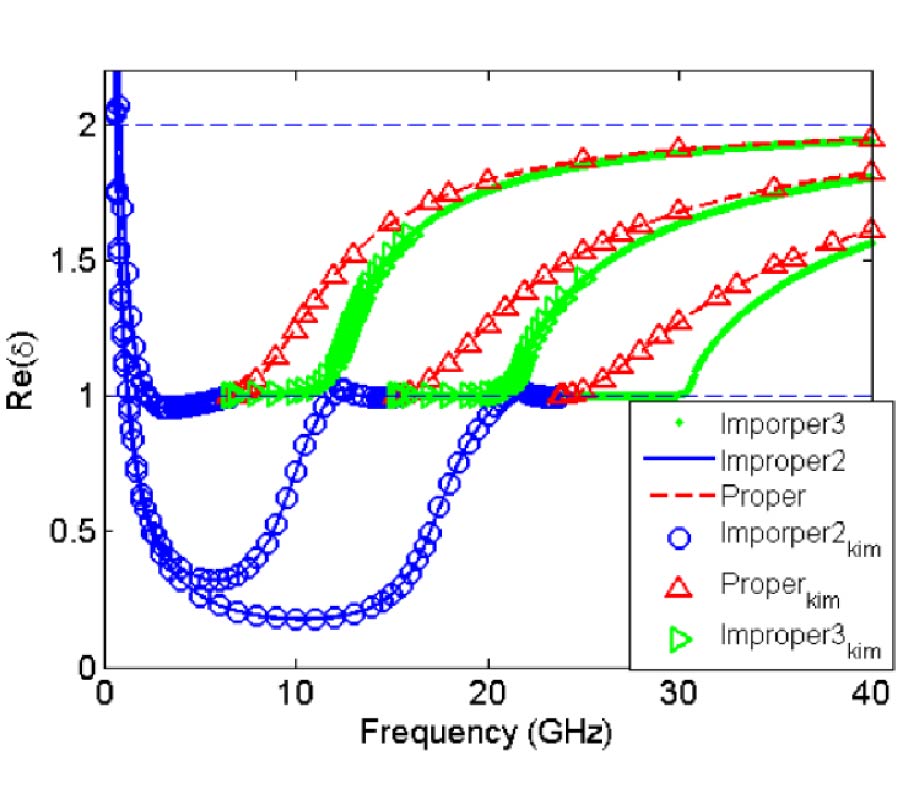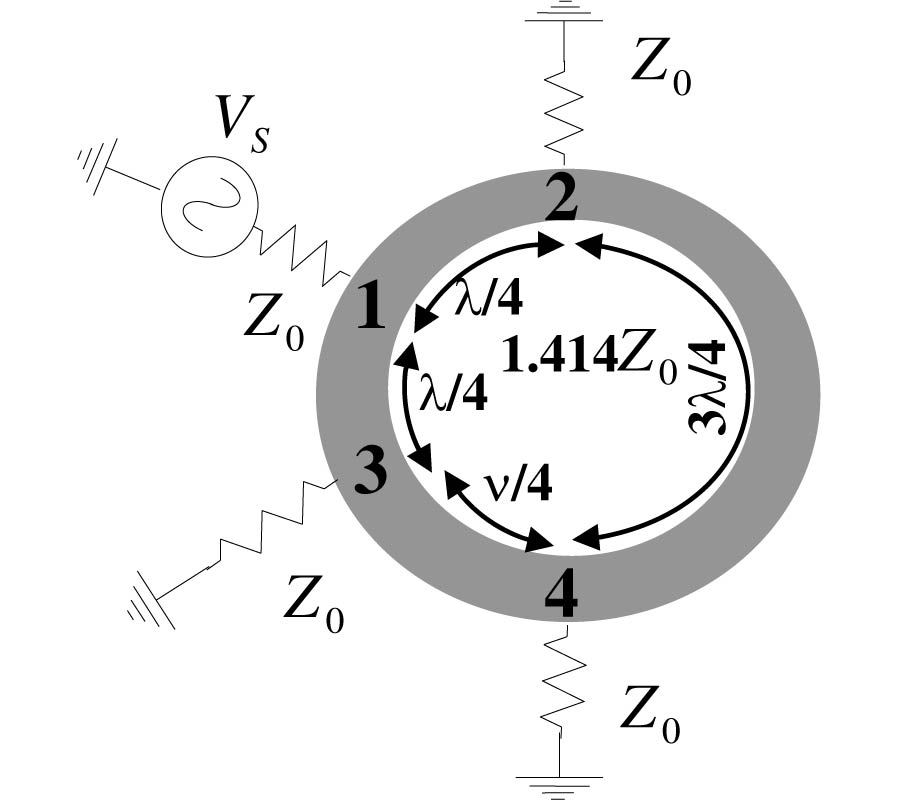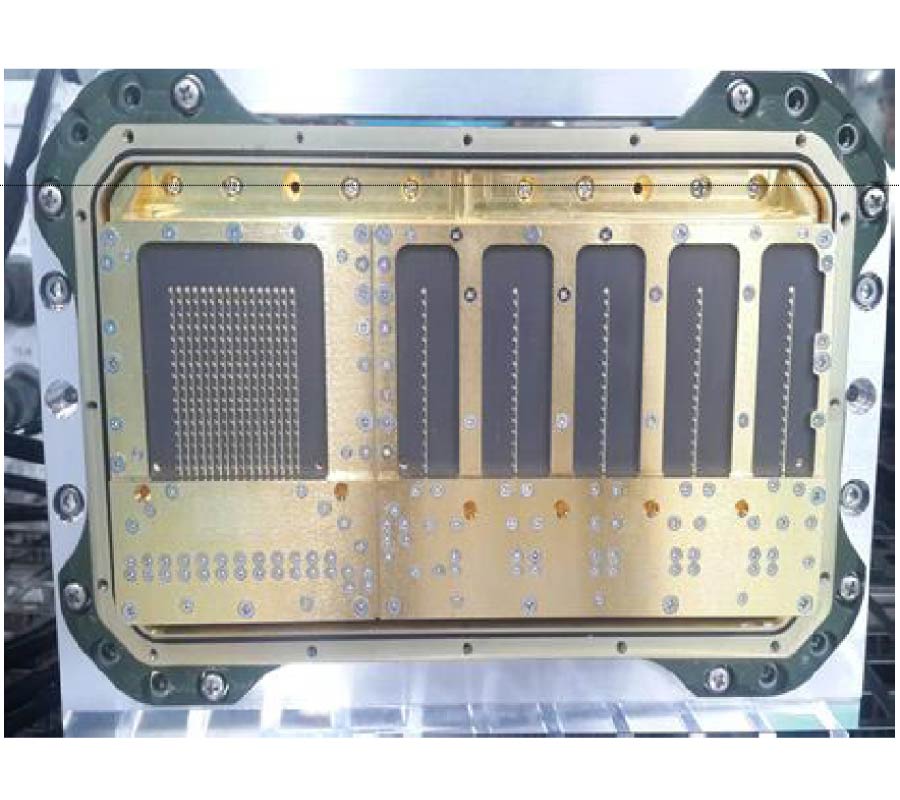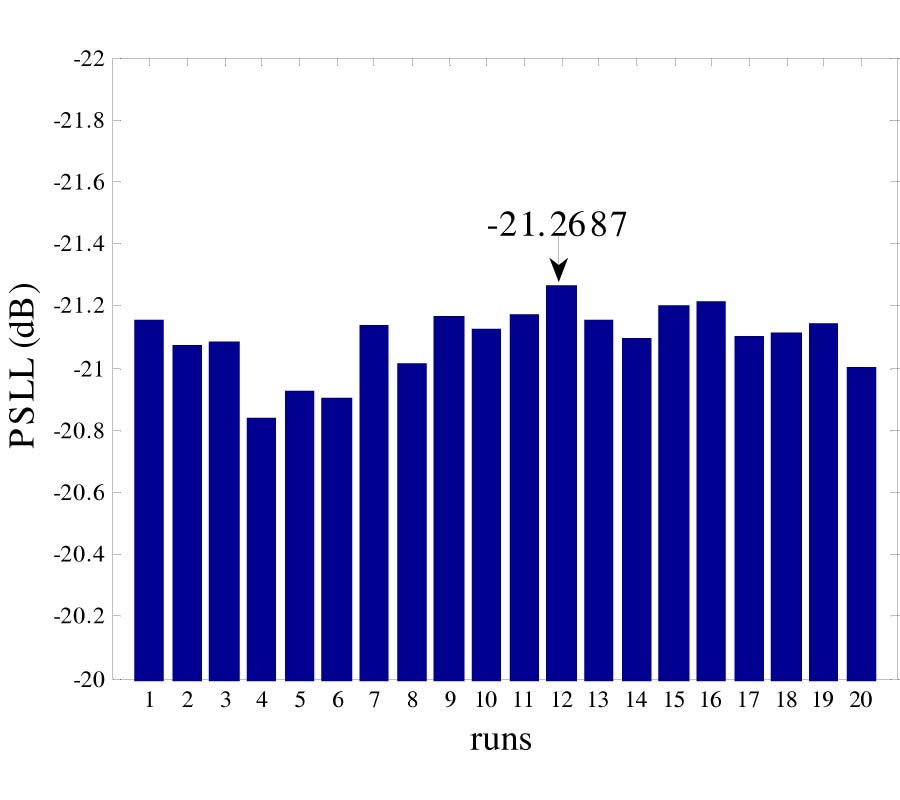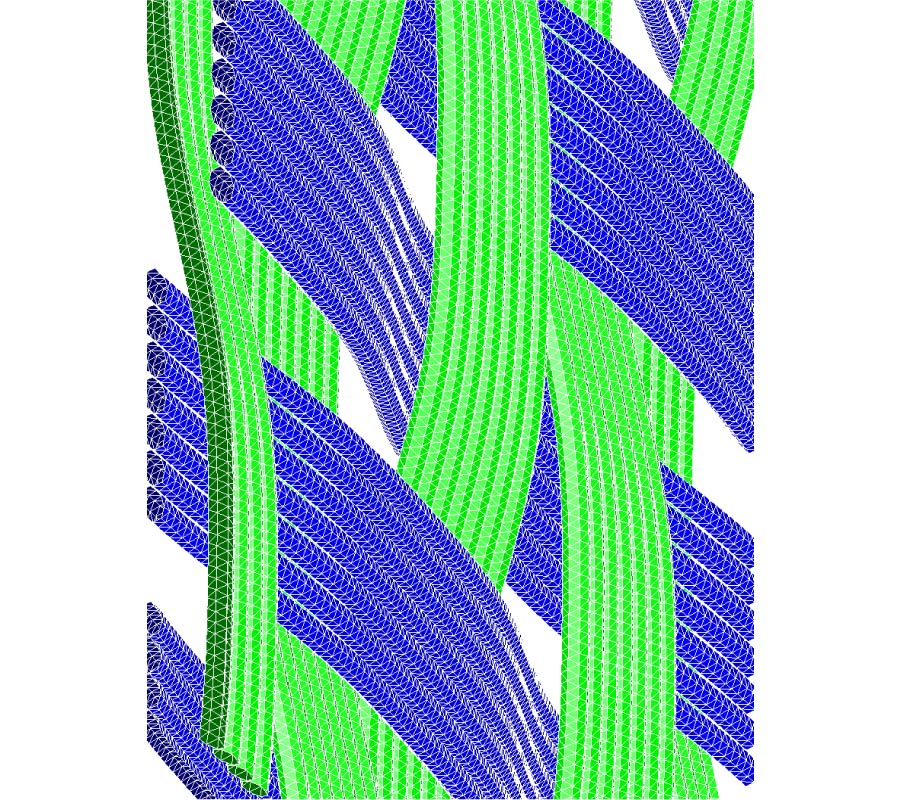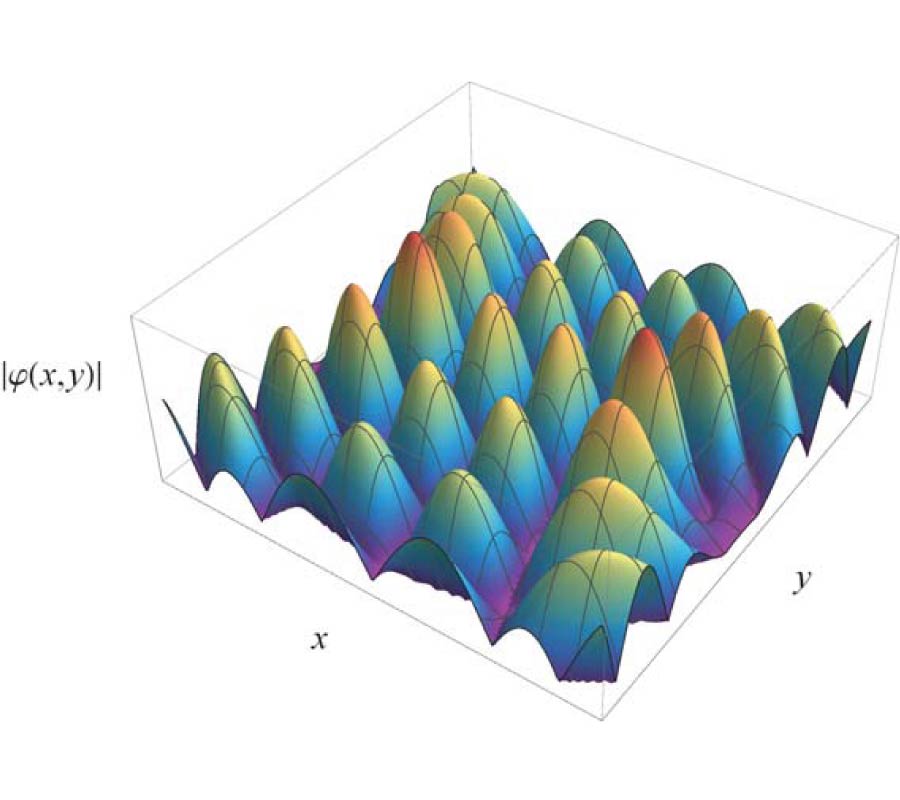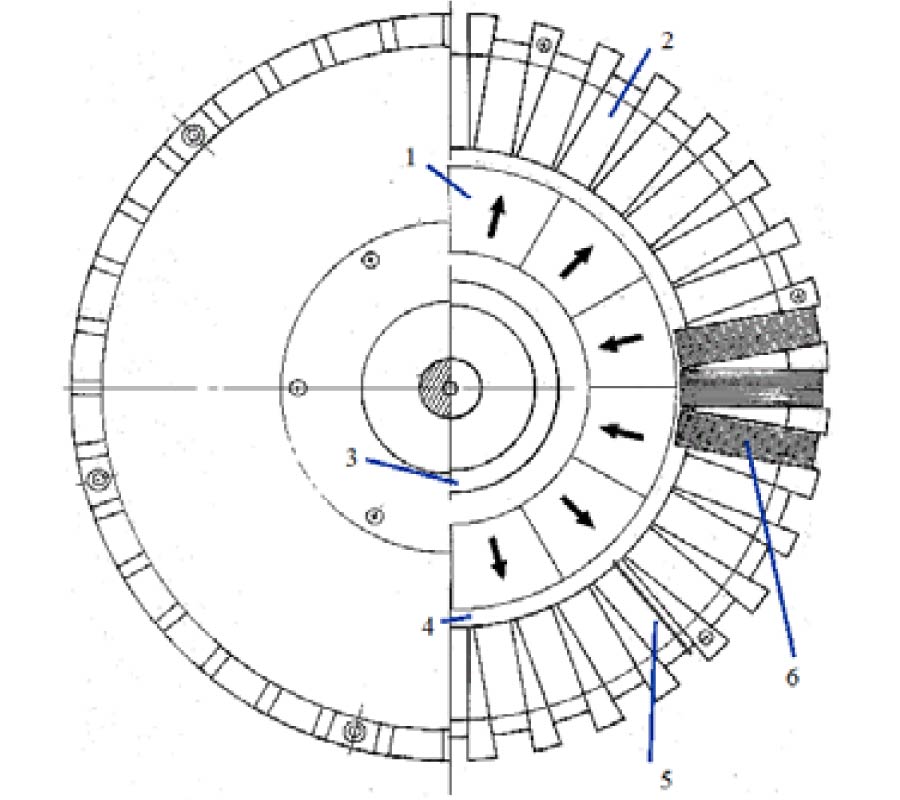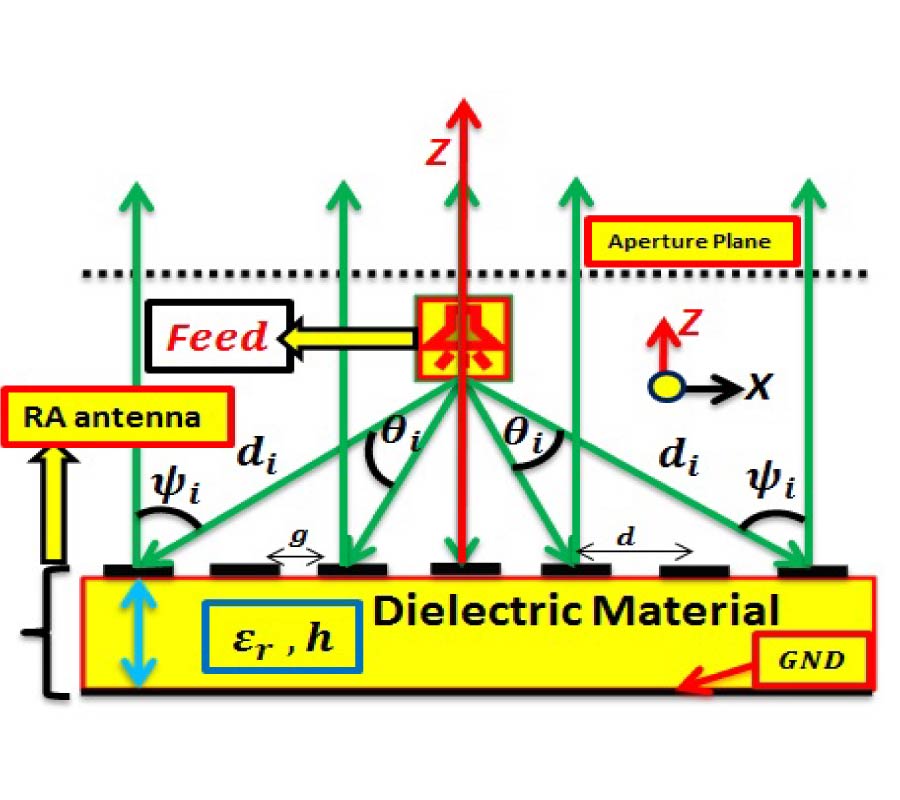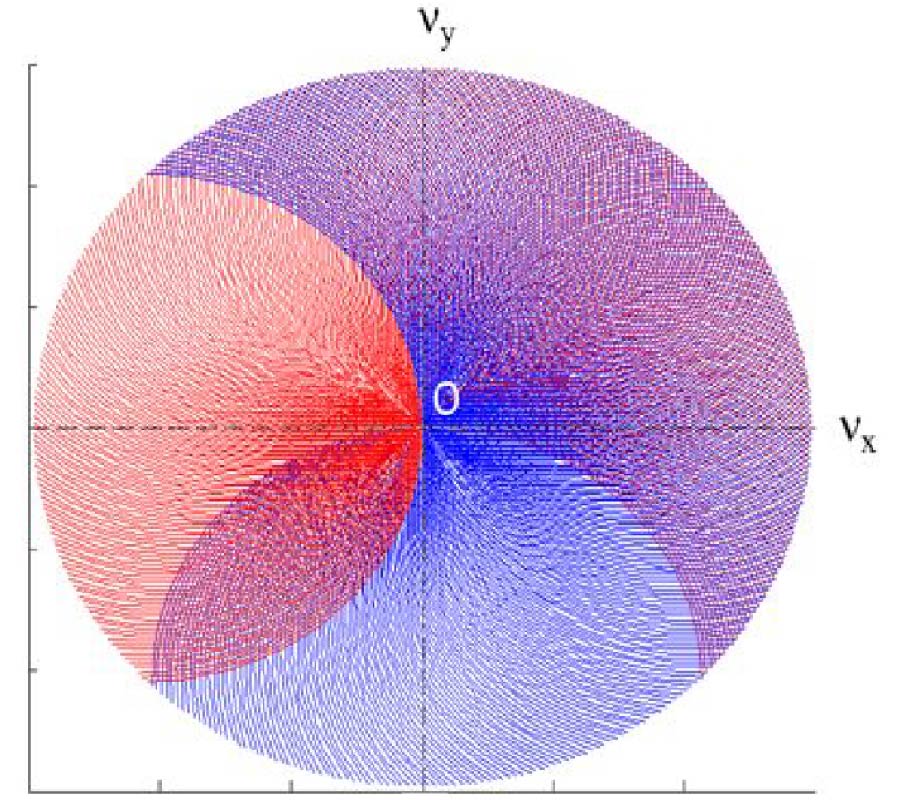A Design of Switch Array Antenna with Performance Improvement for 77 GHz Automotive FMCW Radar
Doo-Soo Kim,
Dong-Hee Hong,
Ho-Sang Kwon and
Jin-Mo Yang
In this paper, a switch array antenna (SAA) with performance improvement for 77 GHz automotive FMCW radar to detect moving targets and near-field region (NFR) targets is proposed. The SAA generally mitigates hardware complexity, weight and cost, while it has technical difficulties to overcome depending on radar requirements. Firstly, a time-divided transmit by switch array to detect the moving targets causes a phase distortion of echo signals and generates considerably high and periodic side lobes of the SAA beam. In order to suppress side lobes more than 10 dB, a sub-array, a part of the SAA with non-distorted phases, is used to synthesize a compensation beam. Secondly, the SAA to detect the NFR targets, one of the radar requirements, deteriorates a beam performance by a spherical wave. To overcome a partial compensation method is proposed considering beam coverage of the radar operation at each target range. Some of the NFR targets to verify minimum range detection are simulated and the SAA beam gets back main lobe and has side lobes 15~25 dB suppressed with compensation. With the SAA designed, a detection performance of the radar is simulated. Two targets and radar system parameter are used, and signal processing tasks are included in simulation. Also outdoor test is carried out to verify that the proposed compensation methods enhance the detection performance of the radar with real targets. It is confirmed that the moving targets and NFR targets are well detected because multiple false targets are eliminated with the proposed compensation methods.
